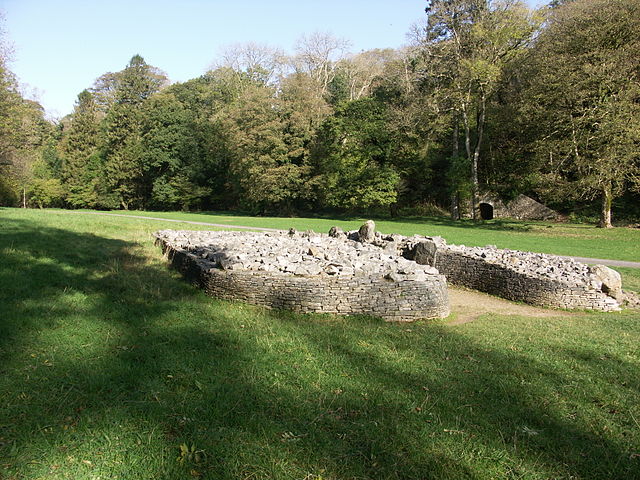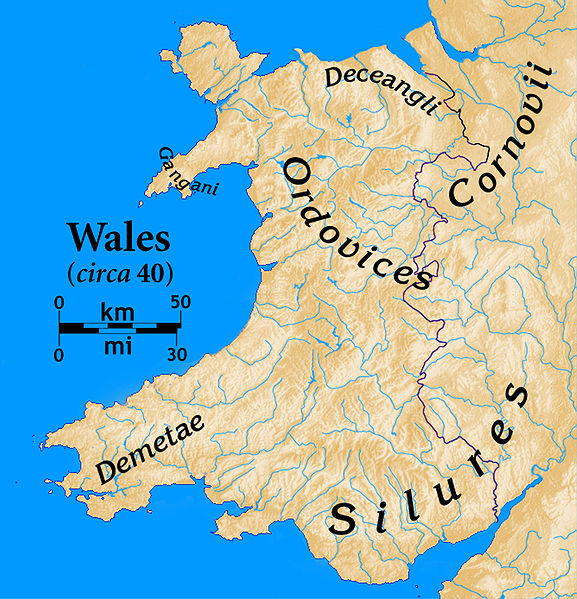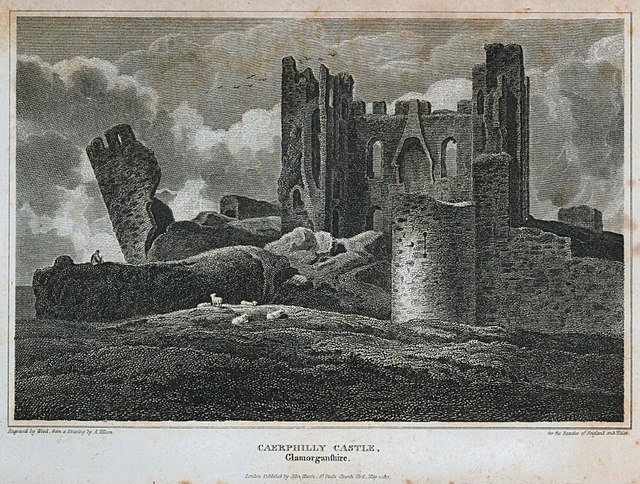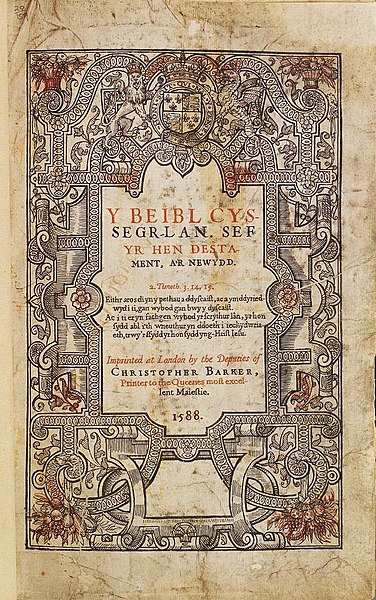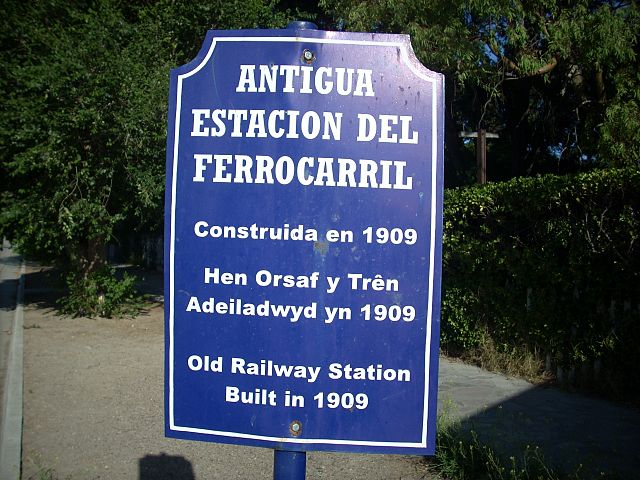Until 1974, Glamorgan, or sometimes Glamorganshire, was an administrative county in the south of Wales, and later classed as one of the thirteen historic counties of Wales. Originally an early medieval petty kingdom of varying boundaries known in Welsh as Morgannwg, which was then invaded and taken over by the Normans as the Lordship of Glamorgan. The area that became known as Glamorgan was both a rural, pastoral area, and a conflict point between the Norman lords and the Welsh princes. It was defined by a large concentration of castles.
Parc Cwm long cairn a Neolithic chambered tomb on the Gower Peninsula
St Lythans burial chamber a Neolithic portal dolmen in the Vale of Glamorgan
Tribes of Wales at the time of the Roman invasion (The modern border with England is also shown)
Caerphilly castle, c. 1812
Welsh is a Celtic language of the Brittonic subgroup that is native to the Welsh people. Welsh is spoken natively in Wales, by some in England, and in Y Wladfa.
The 1588 Welsh Bible
Welsh Bible of 1620, in Llanwnda church, rescued from the hands of French invaders in 1797.
Trilingual (Spanish, Welsh and English) sign in Argentina
Bilingual road markings near Cardiff Airport.

